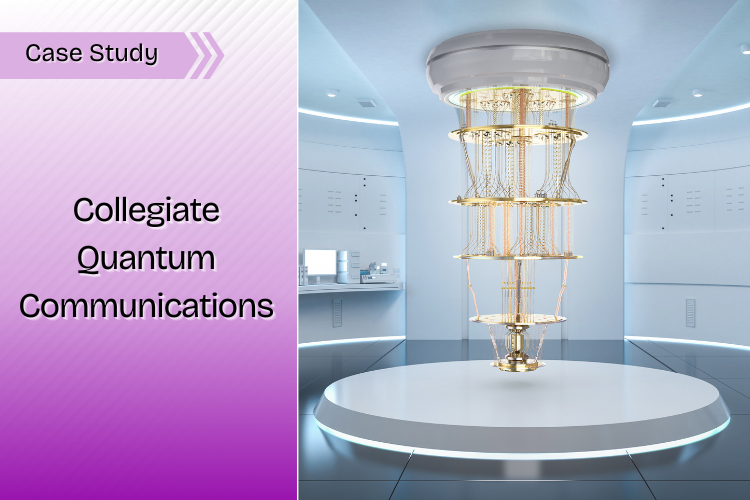Quantum offers many opportunities to organizations. Let’s consider the impact quantum communications networks could potentially have at universities and around the world.
First, a primer. Quantum communications networks work with quantum bits or qubits that can be physically created using atoms, superconductors, and even in defects like materials in diamonds. Photons—individual particles of light—are a good type of qubit for long distance quantum communications.
Consider what researchers are doing at Rochester Institute of Technology and University of Rochester. They recently connected their campuses with an experimental quantum communications network using two optical fibers. In a new paper published in Optica Quantum, scientists described the RoQNET (Rochester Quantum Network), which uses single photons to transmit information about 11 miles along fiber-optic lines at room temperature using optical wavelengths.
Here is how this can help:
- Transmit over existing fiber-optic telecommunications lines.
- Improve the security with which information is transmitted.
- Make message impossible to clone or intercept without detection.
Looking to the future, many types of qubits will likely be used because qubit sources, like quantum dots or trapped ions, each have their own advantages for specific applications in quantum computing or different types of quantum sensing.
Ultimately, the researchers want to connect RoQNET to other research facilities across New York state at Brookhaven National Lab, Stony Brook University, Air Force Research Laboratory, and New York University. Keep an eye on this for the future.
View this story on LinkedIn.


